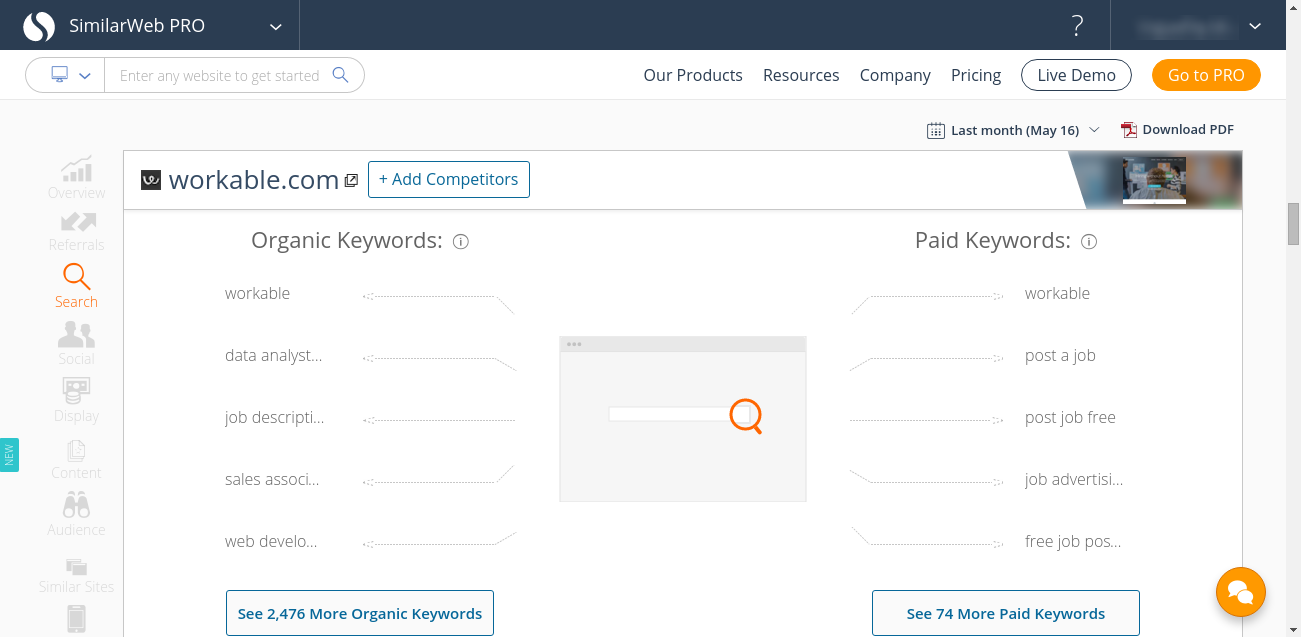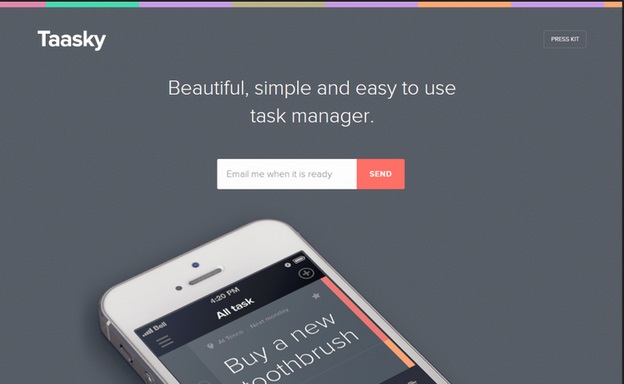How do you know that your startup idea will succeed before investing too much time into it? That is the question you want to ask before you pursue your next startup idea, otherwise, you might end up totally exhausted with a failed startup to show for the time spent.
You see, when startups fail, most of the time it has nothing to do with the passion of the entrepreneur or the product itself. Yet startup founders don’t get this, that is why they get carried away with product development and fall in love too much with their startup idea to the extent that they easily fantasize about how it is the next best thing after sliced bread. Despite their efforts, most of the time it ends up being a dud. Before your customers will fall head over heels for your product, you should step back and answer these three critical questions:
- How many people want this product? (market size)
- Will they spend enough on the product that I can start a meaningful business? (profitability)
- Can I develop a dead simple system to convert them to customers, at profit? (business process and system)
Let’s take a look at roadmaps that help you to answer these critical questions.
Roadmap 1: “Reverse-engineer” your success
Instead of thinking first about your product, you should reverse-engineer using a “Problem versus Solution” approach. This approaches focuses on finding out what problems your customer have (i.e what they complain about) and how your idea solves that problem. A shortcut approach is to generate a list of existing startups and ideas around the major problems of the customers you want to serve.
(BONUS: You can generate a list of ideas by checking out this Startup Idea Vault)
Let’s assume that the problem your new startup aims to solve is recruitment challenges for HR of startup companies. Instead of writing lines of code on GitHub or Heroku, you should do this first:
“search for what HR professionals complain about as it regards recruiting top talents”
You can do this on Google, online forums, groups (on Facebook, Reddit or other social networks), or Quora. For example, my search on Quora showed this result.
When I did a similar search on Google, I got a stream of answers which are mostly links to articles. I read some of them which gave me clues of the ACTUAL challenges HRs are facing. You can still dig through the related search queries under your result page to get more ideas (like the image below).
A second part of the search is to identify existing apps/websites that offer the solution. From the Google result, one of them is Workable.com. To go more further you can search for similar websites like Workable.com by using SimilarWeb or searching Google with the term “alternative to {insert website}”
Don’t forget; I am not in a hurry to write a line of code until I know that there is a market for this idea. Hence, the next step is to do a breakdown of all the websites identified in the research. Byanalyzing 3 – 5 websites, common themes will begin to emerge. This knowledge will help to develop MVP ideas that address the CORE problem of the market. In addition to the solutions that each existing websites offer, I am also interested to know what keywords they are ranking for. The keyword they are ranking for indicates the term that the customer is using to describe their needs. You can use free tools like SimilarWeb or Alexa to know what keyword a site is ranking for as well as the demography of its users. (Like this )
You can also run the individual (organic and paid) keywords of each of the site; as analyzed by Similarweb through Google’s Keyword planner to gather more insights. To get more stealth in your research and take advantage of the research of others to your advantage, you can follow this guideline
After completing this exercise, you’ll have created:
- A list of problems that your target customers want to solve (some will be the main problems while others will be minor)
- A list of ideas that others have implemented.
These will help you to come up with your own unique angle to position your own startup (to understand what I mean by angle, you can read about how PushCV positioned itself as a discovery platform for pre-screened job applicants instead of a job board)
So what should you do next with the research?
Paradigm 2: Challenge your assumptions with a MARKET TEST
Now that your idea has been given a form, you might be tempted to build a prototype immediately. But not yet. Before you build a prototype, you should validate your assumptions by setting up a landing page. That way you can gauge the interest of people interested in your product.
On your landing page, you should use the keyword from your earlier research to list out the benefits of your proposed MVP; not just the features and include a simple call to action to “sign up” (see some ideas )
A bigger commitment is to include a pre-order form, as your goal at the early stage is to get your users’ commitment to the product (and even pay for it before you build it) so that you do not launch to crickets. You’ll notice that there is a difference between when someone says he is interested and when he is ready to swipe his credit card. Hence, pre-orders are a solid sign of customer commitment. This was the exact formular that Bone Broth used to launch his broth business.
Noah Kagan has a classic approach to quickly verifying if he can make a $1000 in 24 hours with his prototype idea before he builds it. He explains it in this interview with Pat Flynn.
You can watch a longer version in another interview with Tim Ferris of 4Hour Work Week.
Another subtle way of validating your startup idea is CROWDFUNDING. It is easy to think that crowd funding is just about raising money for your startup. However, it is more than that: it actually helps you to gain exposure early and most importantly pre-sell your product to interested buyers. Take the case of this kickstarter campaign with the goal to raise $200,000. They subtly gauged market interest by indicating that the product would not be launched if their $200k launch target was not met. To them, reaching the campaign target was an indication of a market need for their product.
To quickly drive traffic to your landing page, you can appropriate a $50 – $100 budget for Google Adword or Facebook Ad campaign to drive traffic to the page.
Paradigm 3: Have a system to accelerate learning, not revenue
You want to learn as much as possible about your market and product in its early days. That is why you should prioritise learning above revenue. For example, getting feedback early can help you avoid creating a product or service that nobody really wants. You can use survey tools like quolaroo, jotform, google forms and survey monkey and several others. But nothing is better than hanging out with at least 3 potential users of your product over a cup of coffee to elicit valuable feedback.
Feedback from surveys have helped companies decide how to better position their startups (customer testimonials are powerful for this); how to choose the best pricing and sometimes the best business model to work on. You should develop a framework and build system to make user feedback an important part of your startup validation.
P.S: You can still sign up for the FREE email course: How To Launch A Startup In 1 Month (registration extended to 3rd July, 2016). This email course is a FREE online program taught by already successful experts and you will be joined by hundreds of entrepreneurs like you on a mission to launch successful startups and online businesses. It is sponsored by TechPoint and Spokentwice (more details here)











